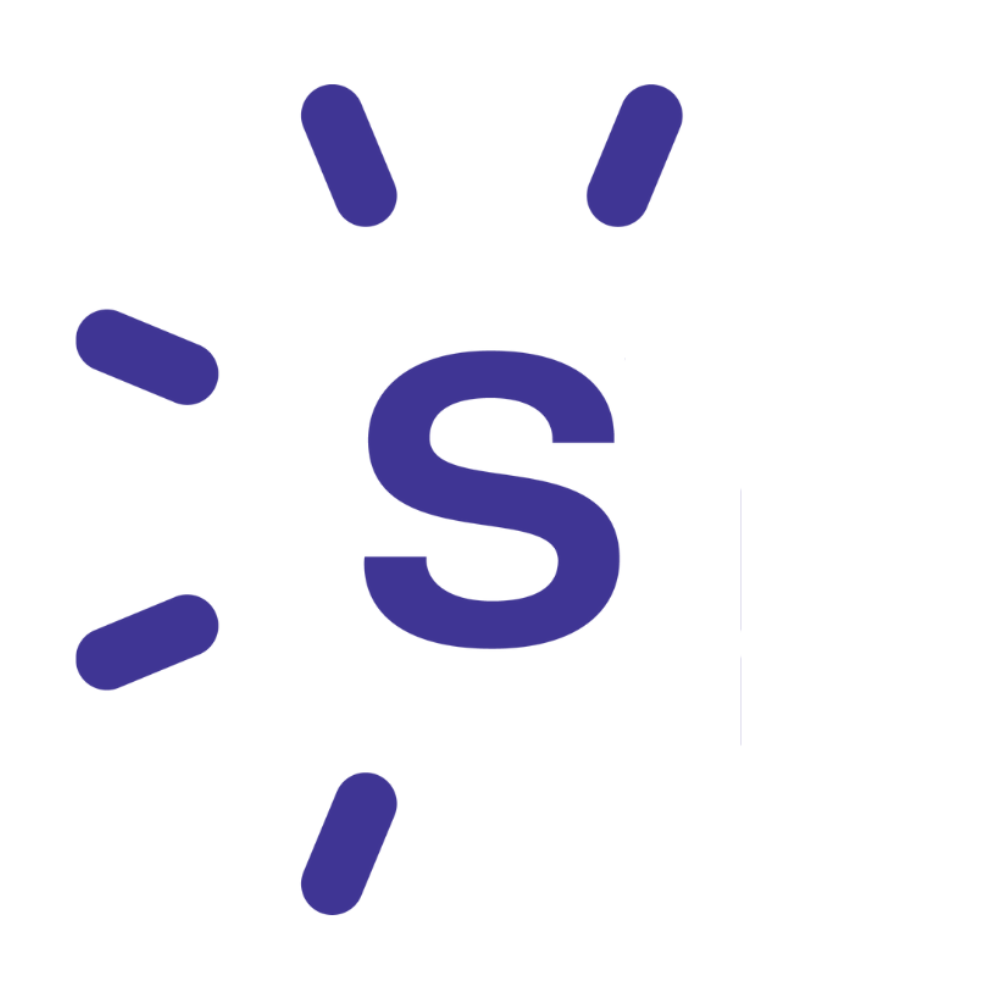Healthcare’s digital evolution: Prioritizing efficiency and security in 2024
Industry organizations will be looking to embrace advanced technologies to drive patient-centered care and systemwide interoperability.

For the healthcare world, it feels like things have been moving at warp speed these past few years. Between dealing with a global pandemic, supply chain issues, staffing shortages, rising costs and ongoing digital transformation needs, it's been a whirlwind.
Yet, despite all the chaos, we continue to make progress – developing new therapies and technologies, expanding our understanding of diseases, and moving towards more personalized, patient-centric care and value-based care models.
As we look ahead to 2024, here are eight key healthcare trends that will shape strategic decisions and investments across provider organizations and the industry as a whole.
Telemedicine and digital health solutions
In the age of technology, it's hardly surprising that the healthcare industry is moving towards innovative solutions to provide care remotely. With technologies supporting video consultations, remote patient monitoring, health tracking and reminders from smartphones, wearables and Amazon Alexa, healthcare can happen for patients and consumers anywhere, at any time.
Not only does this increase convenience, but it can also improve accessibility, especially for those living in rural or remote areas. In addition, digital health solutions are helping to reduce healthcare costs by providing patients with more efficient and cost-effective care. It's no wonder that more healthcare providers, payers and patients are embracing these new technologies.
Artificial intelligence and machine learning
AI and machine learning are making incredible strides in healthcare. From quick and accurate diagnoses to precision medicine, AI has the potential to revolutionize how we take care of our health. By analyzing massive amounts of patient data, AI algorithms can identify emerging health trends and patterns that were previously undetectable, helping to predict and prevent diseases.
AI’s pattern-tracking and prediction capabilities can also be used in non-clinical ways, such as to assist with scheduling and optimizing the distribution of resources. For example, during the Super Bowl, emergency departments tend to be a bit quieter; AI can anticipate this lull and help ERs schedule more efficiently. AI can also ensure there are ample resources available when needed, which is especially useful during natural disasters or other emergency situations when resource allocation is critical.
The rising need of efficiency
Automation has transformed the healthcare industry, and this trend is set to continue in the coming years. By 2024, healthcare providers will benefit from improved efficiency and effectiveness through the increased use of information systems. Through the adoption of advanced technological solutions, tasks such as scheduling appointments, managing patient records and providing follow-up care will become more streamlined, enabling healthcare providers to deliver faster and more accurate diagnoses.
Additionally, automation enhances patient engagement, enabling individuals to access their medical information through digital portals and communicate with healthcare providers through convenient channels such as chatbots.
Quality is paramount
In 2024, the healthcare industry will see a significant shift towards prioritizing and leveraging patient safety and quality metrics to benchmark and measure progress. This is no surprise because patients are becoming more aware of their rights and demanding the best care possible. Hospitals and healthcare providers are striving for excellence in patient care, which translates to better outcomes, patient satisfaction and, ultimately, a positive impact on their bottom line.
While patient safety and quality have always been a top priority, the emphasis on measuring and reporting these metrics will become even greater in the coming years. The industry is gearing up to tackle this with innovative solutions and technology to ensure that patients receive high-quality care and that providers adhere to strict safety standards.
Big data for big insights
Data analytics has revolutionized how healthcare professionals analyze patient data. With the use of data analytics, identifying patterns, predicting outcomes and monitoring patients has become more reliable and efficient. As a result, healthcare professionals can provide improved outcomes, better insights and personalized care. The use of data analytics in healthcare has proven to save lives, reduce costs and make a significant impact on the overall well-being of patients.
Value-based models vs. fee-for-service
The shift towards value-based payment models and value-based care is set to continue in 2024, ensuring that healthcare providers are rewarded for positive patient outcomes, rather than for the number of tests, treatments or procedures provided. As a result, patients benefit from more personalized care that is tailored to their specific needs.
This model incentivizes healthcare providers to focus on preventative care, which ultimately leads to better patient outcomes and lower costs. However, not all organizations have bought in. Some provider organizations are firmly on the fee-for-service side – these groups struggle with the systems and requirements needed to deliver value-based care in a way that makes economic sense for their organizations.
Doubling down on digital defenses
I recently presented at a CHIME webinar where we surveyed hospital CIOs/IT professionals on what they believe is the greatest threat to their organization in the next year. Some 18 percent placed cybersecurity at the forefront of their priorities for 2024. In light of the rise in digital threats, the focus has shifted towards bolstering digital defenses to ensure patient data remains secure and operations run without disruption. Hospitals are going to double down on creating rigorous security protocols, utilize cutting-edge threat detection systems and regularly train staff to avert potential cyberattacks.
The rise of interoperability
In the CHIME webinar survey, 27 percent of healthcare CIOs/IT professionals viewed interoperability – the ability of different systems to work together seamlessly – as their biggest challenge in 2024. Imagine a world where your hospital's electronic health record and provider data management systems work together, exchanging patient information swiftly and accurately. This not only leads to better patient care, but it also streamlines administrative processes, cuts down on mistakes and fosters a more comprehensive approach to looking after patients.
We expect a heightened focus on interoperability in the next year as healthcare leans more towards digital platforms and the ability for these systems to “talk” to each other becomes increasingly critical.
In looking at these eight key healthcare trends, it's clear that the future of healthcare is an exciting and ever-evolving space. Technologies and digital health solutions are transforming the industry and showing us what’s possible in terms of greater access to care, improved safety metrics and better insights. Looking forward to 2024 and beyond, data-driven innovations will continue to push boundaries like never before.
To remain competitive in this field and build a strong future portfolio for a hospital or healthcare organization, it’s important to leverage technology today that meets the needs of tomorrow.
Kristin Russel is chief marketing officer at symplr.
